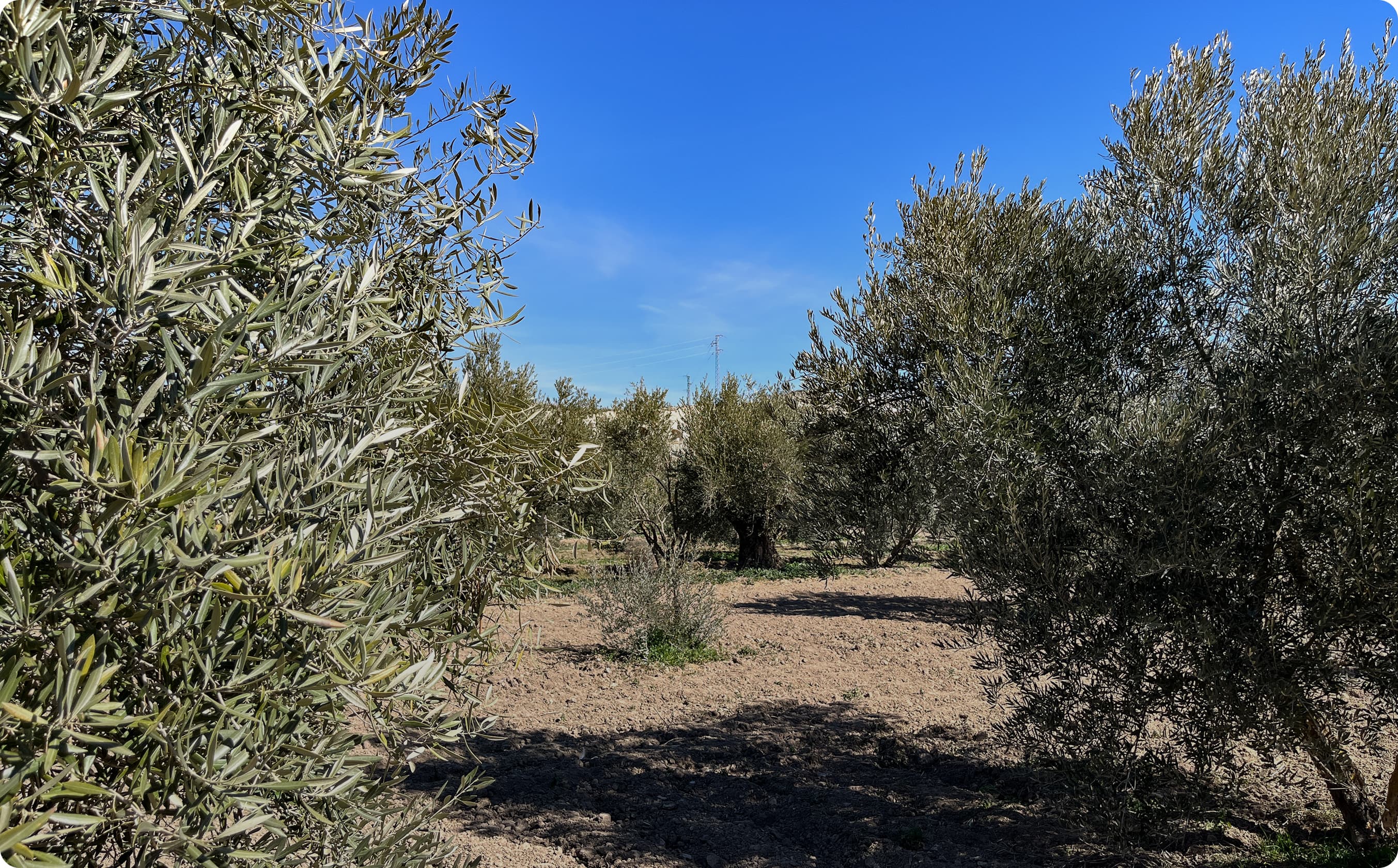How do we do it?
Financing the transition to regenerative agriculture.
Join the change
This approach includes:
We use advanced technology to plan your transition to regenerative agriculture, helping you generate income through carbon sequestration certification. Based on data, we propose sustainable measures to enrich your soil and improve your crops.

Financing the transition to regenerative agriculture.
Join the change
(Evaluating sustainability indicators and metrics that lead to the results you expect).


The European Commission sets out four essential criteria for the quality of carbon credits





The owner of the credits is the farmer who owns or leases the land where the change of practices is taking place.
The agricultural sector can sell carbon credits from sustainable practices to companies committed to neutralising their emissions. Each credit, equivalent to one tonne of CO₂ sequestered, contributes to a green economy and provides farmers with recurring income. In addition, these environmentally friendly practices reduce resource use, increase biodiversity and contribute to better water management.
The amount of credits generated depends on the agronomic practices implemented by the farmer and the context, but is mainly related to the increase of organic matter in the soil.

Woody crops generally have a higher carbon sequestration capacity than other agrosystems.
it is also possible to generate credits for emission reductions linked to improved fertiliser management.